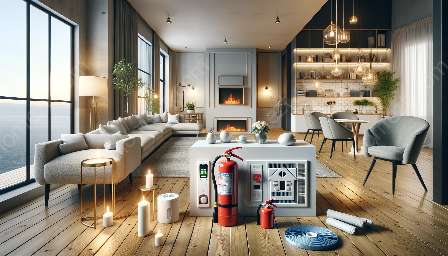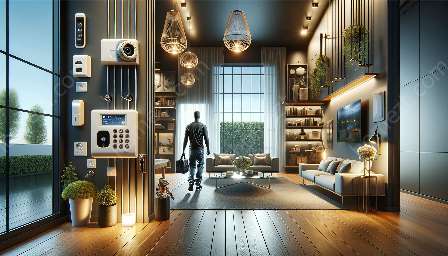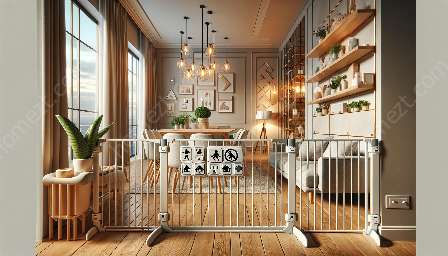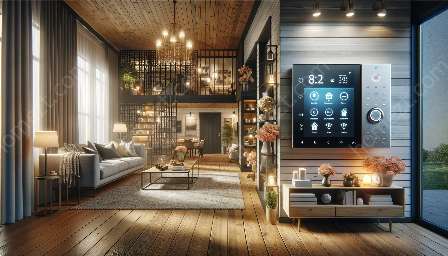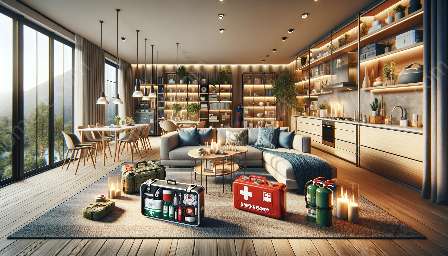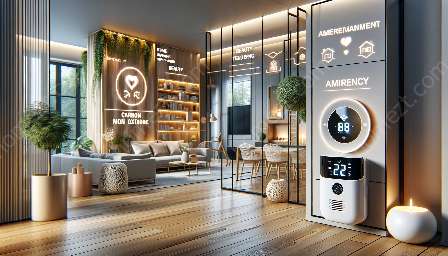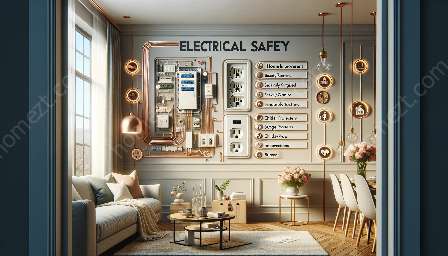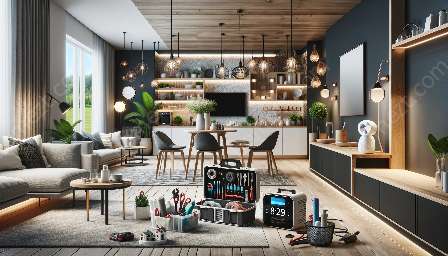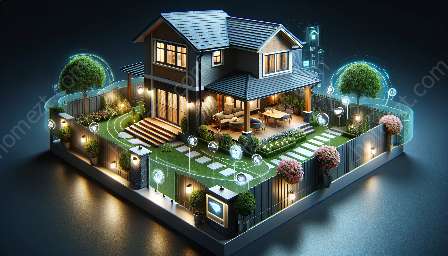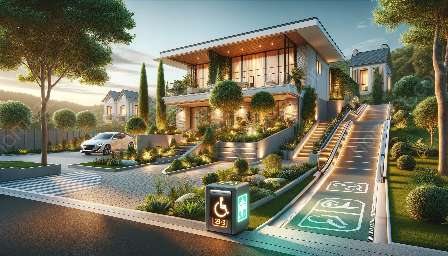Accidents can happen anywhere, at any time, but with the right precautions and improvements, you can significantly reduce the risk of injuries in and around your home. This comprehensive guide explores various strategies and best practices to promote safety and security, while also enhancing home environments.
Safety and Security Measures
Ensuring safety and security in and around your home is crucial to preventing accidents. Start by installing reliable locks on doors and windows and consider setting up a home security system. Always keep pathways well-lit and clear of obstructions to minimize the risk of falls or intruders. Also, be sure to regularly check and maintain your smoke alarms and carbon monoxide detectors to protect against fire and gas hazards.
Fire and Electrical Safety
To prevent fire and electrical accidents, it's important to keep a fire extinguisher in your home and to have an emergency evacuation plan in place. Regularly inspect and maintain electrical appliances, and avoid overloading electrical outlets. Furthermore, be cautious when using candles and ensure they are placed in secure holders away from flammable materials.
Childproofing and Safety
For those with young children at home, childproofing is essential. Use safety gates at the top and bottom of stairs, and ensure that furniture is secured to the walls to prevent tipping. Keep cleaning products and medications out of reach, and cover electrical outlets with safety plugs. Moreover, teach children about the potential dangers of household items and how to use them safely.
Fall Prevention
Falls are a common cause of accidents, especially among older adults. To minimize the risk of falls, secure rugs and carpets to the floor, use non-slip mats in the bathroom, and install grab bars in the shower and near the toilet. Adequate lighting throughout the home and handrails on staircases can also help prevent falls.
Home Improvement for Safety
When it comes to home improvement, focusing on safety features can make a significant difference. Consider adding motion-sensing lights outside to deter intruders and provide better visibility at night. Additionally, enhancing the structural integrity of your home, especially in earthquake-prone areas, can be critical for overall safety. Upgrading to impact-resistant windows and reinforcing doors can help protect against extreme weather events and potential break-ins.
Conclusion
By implementing these preventive measures and making necessary home improvements, you can create a safe and secure environment for you and your family. Prioritizing safety not only reduces the risk of accidents but also enhances the overall quality of your living space. Remember, taking proactive steps today can help prevent accidents and promote a sense of security and well-being in your home.

